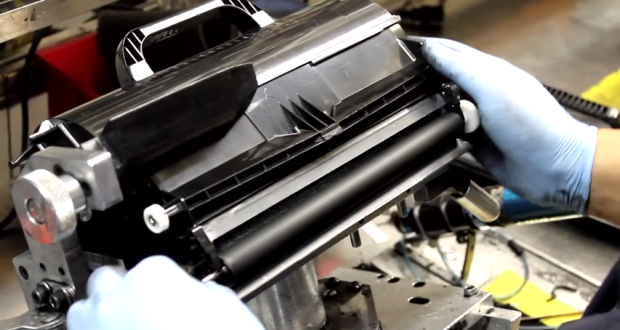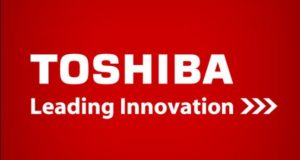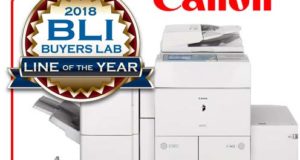There is a new role in manufacturing for recycling toner cartridges. Companies like Lexmark and HP, among others, have been doing it for years and it’s grown to a point where hard percentages of their products are made with recycled materials. But what exactly is involved in the recycling of toner cartridges and other materials (such as inkjet cartridges in the case of HP). Most companies offer consumers ways to send in or dispose of used cartridges for recycling. These programs have resonated with consumers, but they’ve also spawned cost-savings and new manufacturing techniques among printer manufacturers.
Product Lifecycle of a Toner Cartridge
The product lifecycle of a toner cartridge was fairly simple in the days prior to the recycling boom. Cartridges were manufactured, distributed, used, and then discarded. Now an added step has been added to both the supply chain and the manufacturing chain to incorporate the retrieval of spent cartridges and their cleaning, destruction and reuse in the manufacture of new cartridge products.
Printer manufacturing companies have cartridge or equipment collection programs in countries all over the world. (In fact, one company in particular, Lexmark, claims to have collection programs covering over 90% of their global market.) By using recycled materials from spent cartridges, manufacturers are reducing the amount of raw materials they must purchase and also reducing the amount of waste that ultimately ends up in the world’s landfills. Companies that are making a dent in recycling are recovering literally millions of used toner and/or ink cartridges every year. While those numbers aren’t entering a majority percentage of resold cartridges, the trend is encouraging and the process improvements are starting to make serious inroads.
The Toner Cartridge Recycling and ReManufacturing Process
Recycling toner cartridges (and ink cartridges for that matter) is a complex and lengthy process. The raw materials from spent cartridges must be inspected, sorted, graded for quality. This means that all drums, blades, rollers, etc., are checked out and categorized (sorted) before anything else happens. For companies that reuse cartridges, premium quality products are kept for use, while anything else is rejected for recycling. Any packaging materials are recycled and separated from the components.
The next step is disassembly of the component parts. This means that all packaging is stripped away and All packaging materials, used hoppers and non-conforming components are disassembled and cleaned. The toner hopper is split off (very carefully), and the hopper is placed aside for refilling and resealing. For the refilling process, specialty automated filling machines that precisely fill each cartridge to a specific weight. After filling, each toner hopper is sealed and then the process of assemble begins, where a majority of new components are added (up to 75% new), including a new drum, wiper and doctor blades, PCR and magnetic roller.
The last step is testing the cartridge to ensure it matches manufacturing standards and repackaging it for resale.
Here’s a video of a Lexmark remanufacturing and recycling assembly line that does a fair job of showing the process from reclaiming used toner cartridges to shipping a remanufactured product:
https://www.youtube.com/watch?v=va8Nw6TCuPg
 CopierGuide Copier and Multifunction Printer Leases and Reviews
CopierGuide Copier and Multifunction Printer Leases and Reviews





